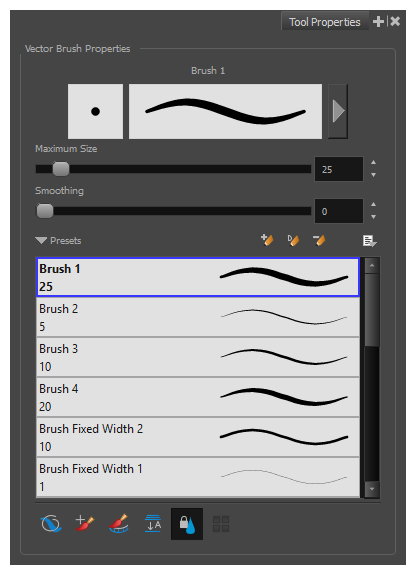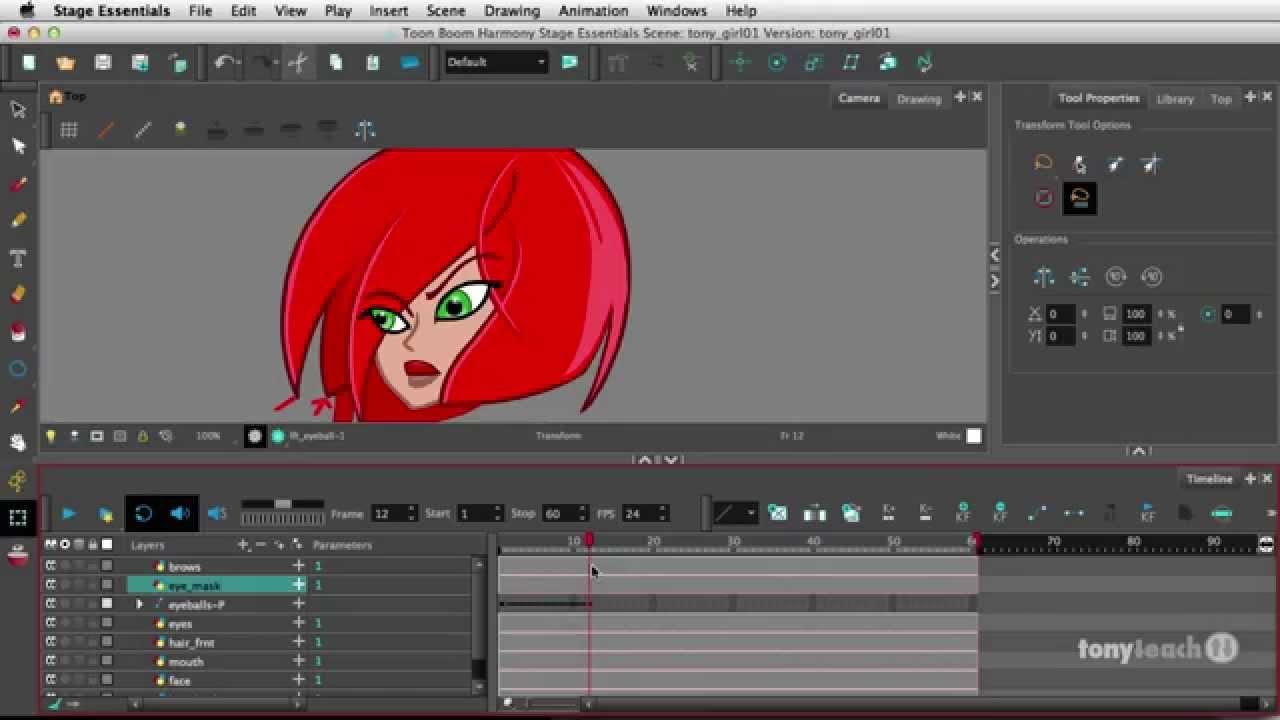

Principle used for mapping out a natural path for the subject to move arcs are a common motion used almost everywhere and if an animation strays from it, the movement will look unnatural Principle of expressing weight and flexibility of a subject by squashing them down or stretching them out to exaggerate their interactions with the environment/forces adds personality/fluidity/appeal to a movement Principle of giving a character, or subject, personality or distinction in order to resonate with the audience no matter what the character type, they must be appealing for people to care about their story Principle used to control the number of frames, or speed of an action, to make the animation appear more natural if the timing of an animation is off, the whole motion looks uncanny

The original animation process that had each individual frame drawn by hand using traditional materials such as pencil, paper, cel sheets, paint, and ink.Ī list of principles developed by Disney animators Ollie Johnson and Frank Thomas that sought out to define what techniques made animation natural and realistic while maintaining artistic vision still applies to animation today Regarded as the first use of CGI animation in filmįirst feature length film done entirely with CGI animation The digital animation software developed by Disney and Pixar it was used throughout the Disney Renaissance of the 90s and up until the mid to late 2000s until the studio switched to CGI animation.Īny animation generated through imaging software can be 2D or 3D initially used for visual effects until the 90s when studios started using it for feature length films.

Animation done exclusively through the use of computers.


 0 kommentar(er)
0 kommentar(er)
